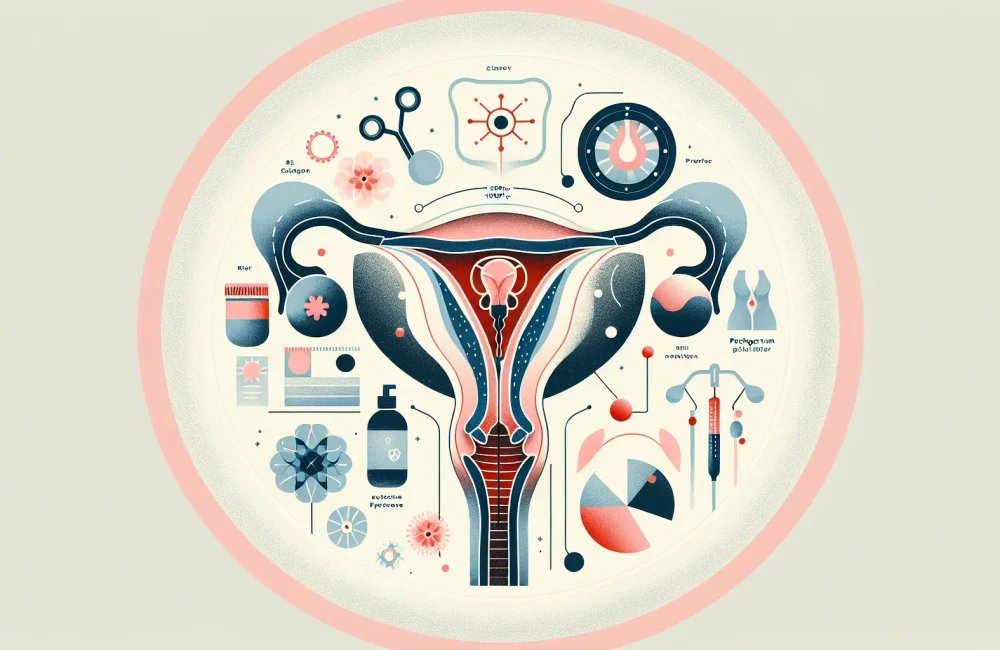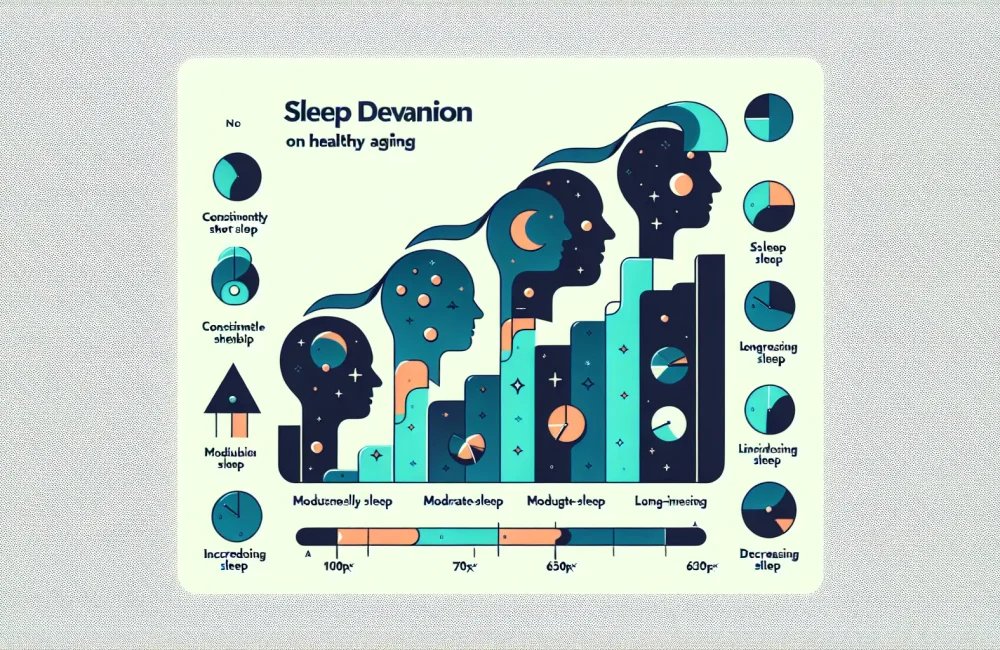By CAFMI AI From Frontiers in Medicine (Open Access)
Impact of Second Stage Labor Duration on Pelvic Floor Health
**Background and Significance:** The second stage of labor, defined as the period from full cervical dilation to the delivery of the baby, represents a critical phase in childbirth that can influence maternal pelvic floor outcomes. This meta-analysis synthesizes data from 12 cohort studies including 4,320 primiparous women to clarify the relationship between the length of the second stage of labor and postpartum pelvic floor injury. These injuries primarily affect pelvic floor muscles such as the levator ani, leading to complications like muscle avulsion, increased distensibility, and urinary incontinence shortly after delivery. Understanding these associations is essential for clinicians to anticipate risks and devise appropriate management strategies during labor that can prevent or reduce injury to the pelvic floor, thereby improving postpartum recovery and quality of life for first-time mothers.
**Study Design and Population:** The included studies spanned multiple international datasets extracted systematically from PubMed, Scopus, and Embase databases up to June 2025. Strict inclusion criteria targeted primiparous women, emphasizing initial childbirth experiences where pelvic floor vulnerability is most prominent. By focusing exclusively on this population, the meta-analysis provides targeted insights into the impact of labor duration on pelvic integrity. Independent data extraction by two reviewers ensured methodological rigor and minimized bias. The diversity in cohorts supports generalizability to USA-based healthcare settings, as the findings reflect a broad sample with consistent evidence linking prolonged second stage duration to pelvic floor damage.
Clinical Implications and Recommended Obstetric Strategies
**Key Findings and Thresholds:** The meta-analysis reveals a significant correlation between longer durations of the second stage and increased pelvic floor injuries. Notably, durations exceeding 90 minutes are associated with a marked rise in risks such as levator ani avulsion and urinary incontinence. This threshold provides clinicians with a critical time marker for intervention during labor to mitigate injury risk. These findings stress the importance of close monitoring during the second stage with readiness to employ obstetric interventions like operative vaginal delivery or cesarean section when labor is excessively prolonged.
**Obstetric Management and Patient Counseling:** Armed with this evidence, clinicians should incorporate anticipated second stage duration assessments into labor management plans. Early identification of prolonged labor enables prompt decisions to potentially shorten delivery time safely, reducing pelvic floor trauma. Counseling patients prenatally about these risks also empowers informed decision-making. Postpartum follow-up should include evaluation of pelvic floor function, urinary symptoms, and muscle integrity, facilitating timely referral for pelvic floor rehabilitation when necessary. These steps align with current guideline recommendations emphasizing prevention and comprehensive care from labor to postpartum recovery.
Future Directions and Research Priorities
Emerging research should focus on identifying precise biomarkers and imaging techniques to predict susceptibility to pelvic floor injury during labor. Innovations in labor management protocols and real-time monitoring tools could enable personalized obstetric care that minimizes trauma. Additionally, long-term cohort studies tracking pelvic floor function beyond the immediate postpartum period are needed to understand recovery trajectories and the impact of early interventions. Improvements in patient education and multidisciplinary care models integrating obstetricians, physiotherapists, and pelvic health specialists will further enhance outcomes for women experiencing prolonged second stage labor.
Read The Original Publication Here






